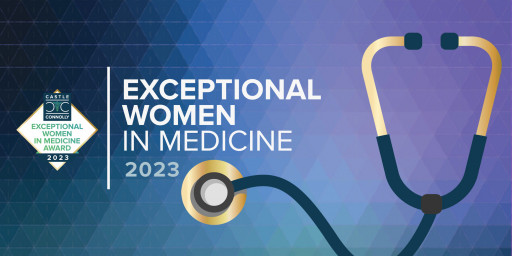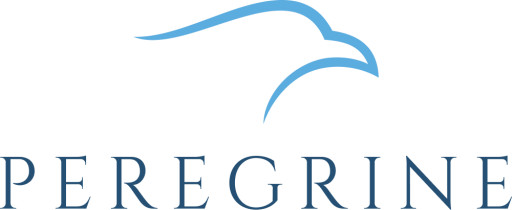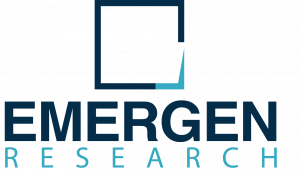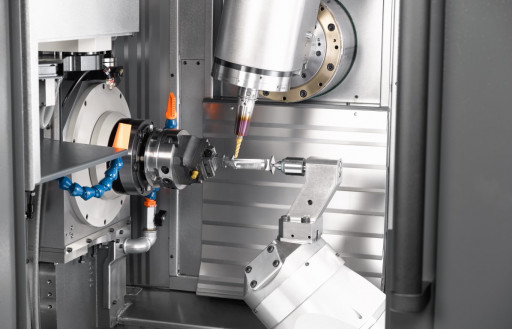
Background Chronic pelvic pain (CPP) causes non-cyclical pelvic pain, period pain, fatigue and other painful symptoms. Current medical and surgical management strategies are often not sufficient to manage these symptoms and may lead to uptake of other therapies. Aims To determine the prevalence of allied health (AH) and complementary therapy (CM) use, the cost burden of these therapies and explore predictive factors for using allied health or complementary medicines. Materials and methods An online cross-sectional questionnaire using the WERF EndoCost tool was undertaken between February to April 2017. People were eligible to participate in the survey if they were aged 18–45, living in Australia and had chronic pelvic pain. Results From 409 responses, 340/409 (83%) of respondents reported a diagnosis of endometriosis. One hundred and five (30%) women with self-reported endometriosis, and thirteen (18%) women with other forms of CPP saw at least one AH or CM practitioner in the previous two months, with physiotherapists and acupuncturists the most common. Women who accessed CM or AH services spent an average of $480.32 AUD in the previous two months. A positive correlation was found between education and number of AH or CM therapies accessed in the past two months (p < 0.001) and between income level and number of therapists (p = 0.028). Conclusions Women with CPP commonly access AH and CM therapies, with a high out of pocket cost. The high cost and associations with income and education levels may warrant a change to policy to improve equitable access to these services.




